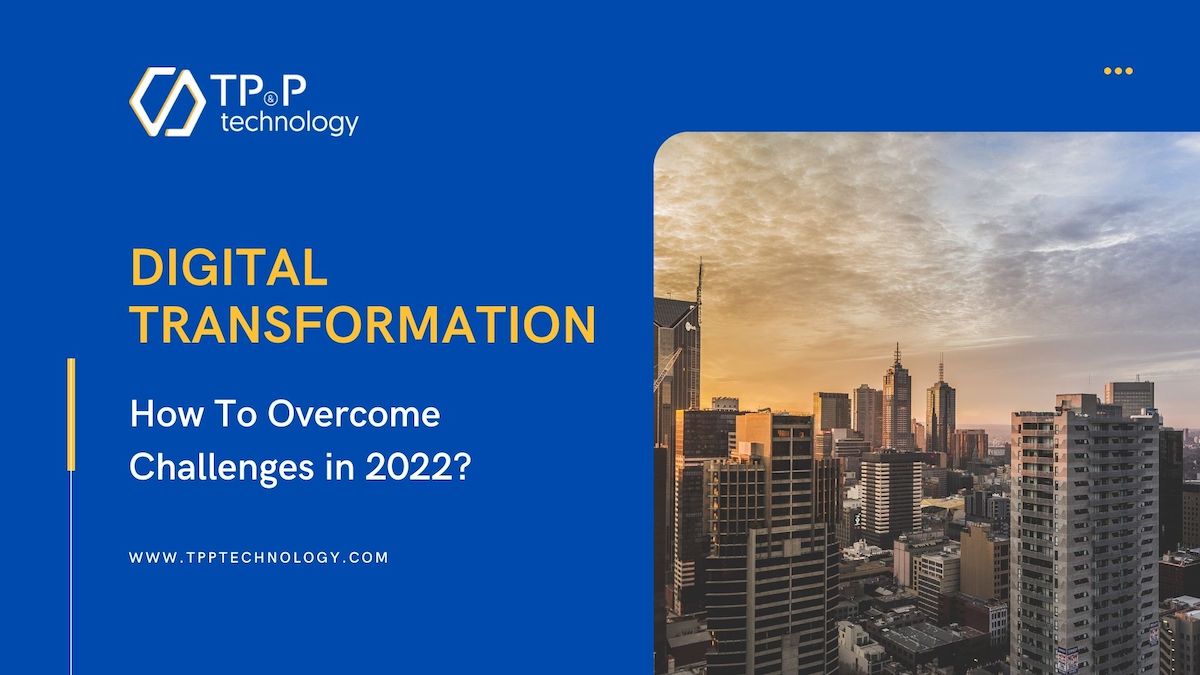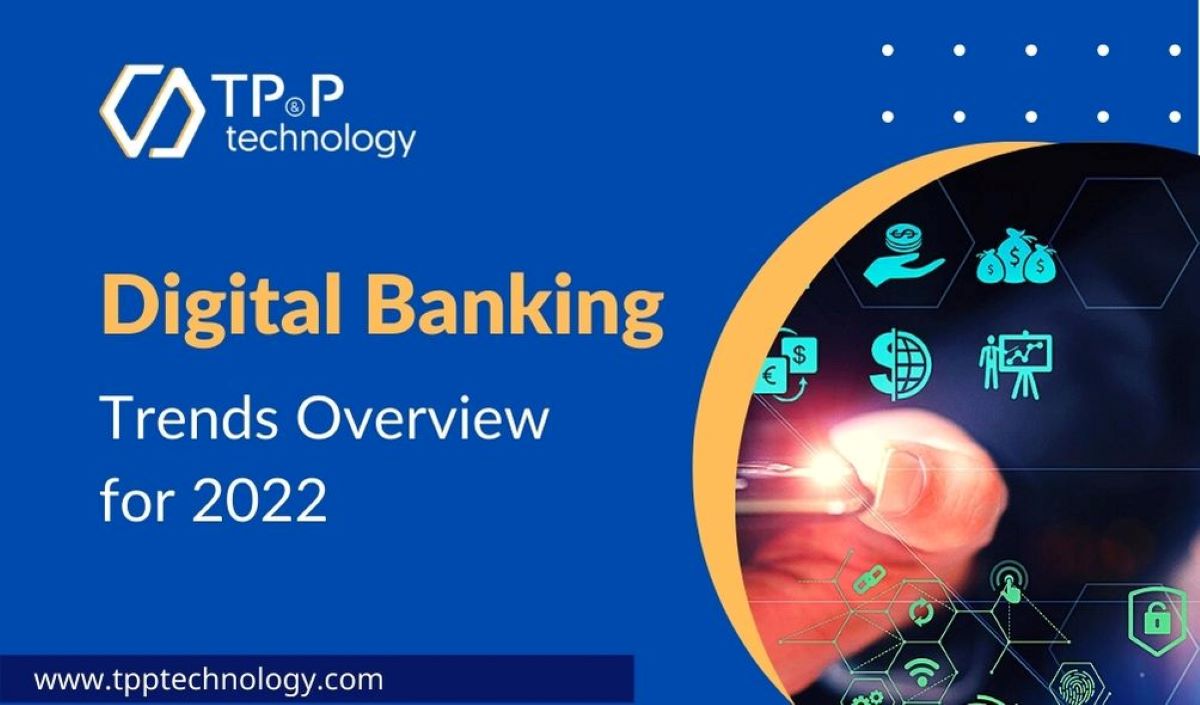
How To Overcome Digital Transformation Challenges in 2022?
We are living in the digital era where technology is heavily impacting the ways we live and conduct business. Business organizations are currently undertaking digital transformation led by their chief technology officer or chief digital officer (CDO), a role that is becoming increasingly popular today.
In fact, many highly successful enterprises took on promising digital initiatives and started with a vision and a plan and felt that they were on their way to new success. Except they did not achieve the results they had hoped for. Despite the support of peers and the governing body, the transformation endeavor was not a success.
According to industry research by McKinsey, it is reported that only about 30% of digital transformation initiatives are successful. Facts don't lie, and that's the hard truth about digital success. Not all technical teams are created equal, and not all digital transformations are created the same.
In this article, let's explore some of the indicators of transformation challenges in order to understand how organizations can overcome digital transformation challenges and accomplish success
Communication Is Essential For Cultural Change
Efficient communication helps to build culture and organizational change, the hardest part of any digital transformation. It's important to understand how technology impacts and improves the way we work today, especially the way we communicate currently and during the peak of the pandemic while everyone working from home and conducting business activities digitally.
Many organizations think that communication should only exist within their own internal teams but the truth is communication must be carried out beyond the functional boundaries of the domain in which the end-user resides. Technology leaders need to interact with all stakeholders, including end-users, for digital transformation to be successful.
Traditionally speaking, IT and development teams usually operate in the back-offices - developing apps, supporting to resolve errors and incidents, managing data, and other tasks. Most of the time, the technical team and their leaders operate within themselves without much interaction with other business units.
However, this approach may not work in a rapidly changing business, some of which are driven by changing business processes or end-user preferences, while others are happening due to the pandemic. It has demanded that digital leaders be more present and lead the digital change.
Tech leaders need to communicate and feedbacks and build relationships across the organization. This is, of course, not going to happen in a day or so. Building communication channels with creative ideas, including creating a digital representative office to expand the capabilities of the digital leaderships.
Anticipate for change
Digital transformation is a continuous process and it doesn't stop at a predetermined destination. Thus, lagging behind can be real, and the digital leader must anticipate the speed, strength, long-term prospects of their transformation initiatives. Business is changing, consumer demand is evolving, and technology is advancing every day, so the digital transformation program needs to anticipate changes to stay agile as ever.
For example, many seasoned digital managers understand that mobile-first is a priority and must come first. Their organizations implemented a mobile-first digital approach and their team completely redesigned their workflows and processes to achieve the mobile-first goals. They were looking to integrate their software applications in order to streamline their business processes. The company has advanced technology, but their race to release an MVP in the next quarter stalled due to some coding errors and they had to constantly update their releases with fixes.
Create a group of like-minded enthusiasts to help you navigate when things get overwhelmed. Errors can be identified, learned from, and updated. Keep in mind that the changes will come quickly and the first attempts will fail, but don't let this stop you from making another attempt. Create a feedback program to pick up on the signals for improvement whenever things may go off the rail.
Sustained Digital Innovation is Needed For Success
Digital transformation means that organizations need to transform, respond and innovate to meet the expectations of the market, industry, and customers. This requires a concrete approach to creating sustainable innovation practices, which is an important measure of the success of the transformation.
Scale and rapid development of the innovation ecosystem are essential. Digital leaders need to make innovation a key function of the business. In practice, this can take several forms - innovation labs, hackathons, and initiatives hubs (to greenlit PoCs, pilot projects, etc.).
Digital leaders and their teams need to build the groundwork for innovation, provide technical support, define governance, and enable cultural change.
Learn from Difficult End-Users
Sometimes, business organizations seem to forget the fact that the best lessons and experiences come from the most difficult end-users looking for something better: more speed, more features, less downtime, and more.
Build an ecosystem that exceeds customer expectations. Take a DevOps mindset from the beginning. Arrange focus group discussions and gain insights to improve. Make product-led designs a fixed theme across your application delivery portfolio. The best applications are even more powerful when examined thoroughly for improvement by end-users.
To achieve this goal, set to produce a minimum of sustainable products and improve yourself with every iteration. Instead of adopting a big strategy, consider taking small steps and creating enhancement gradually. The main thing is to just focus on value and results.
Conclusion
Digital transformation is appealing to all businesses and their technology leaders. But digital change can be considerably challenging, as for digital leaders, their stakeholders range from traditional businesses to digital-savvy customers and their team. CDOs are expected to be able to handle each and every challenge, be it technical or business ones, in the landscape of growing technology and creating business for any kind of global disruption. Failures should be accepted as a lesson to do better next time.



